Pioneering the First Net Zero School in Texas
Located in Dallas/Fort Worth, Texas, the Richard J. Lee Elementary School is a brand-new school on a mission of sustainability. That’s where CMTA came in.
Case Study: Zero Energy
Located in Dallas/Fort Worth, Texas, the Richard J. Lee Elementary School is a brand-new school on a mission of sustainability. That’s where CMTA came in.
This is the definition of a true Zero Energy, 21st-century school.
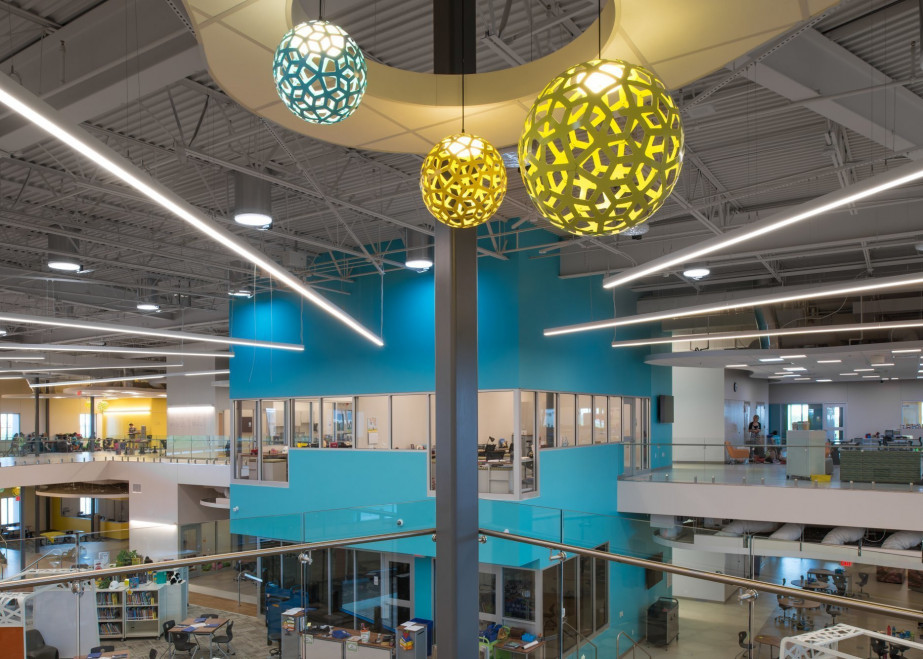
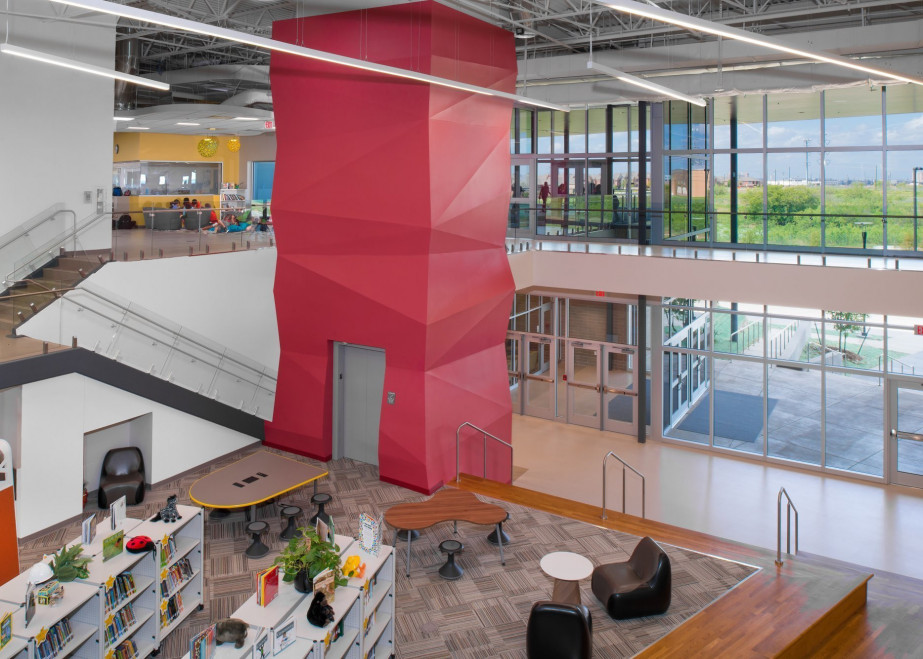
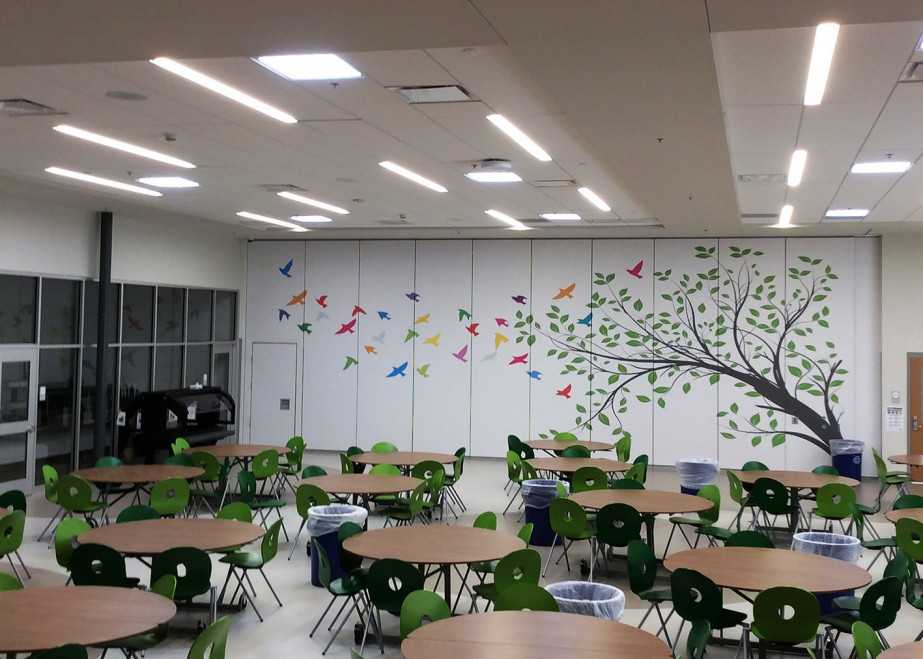
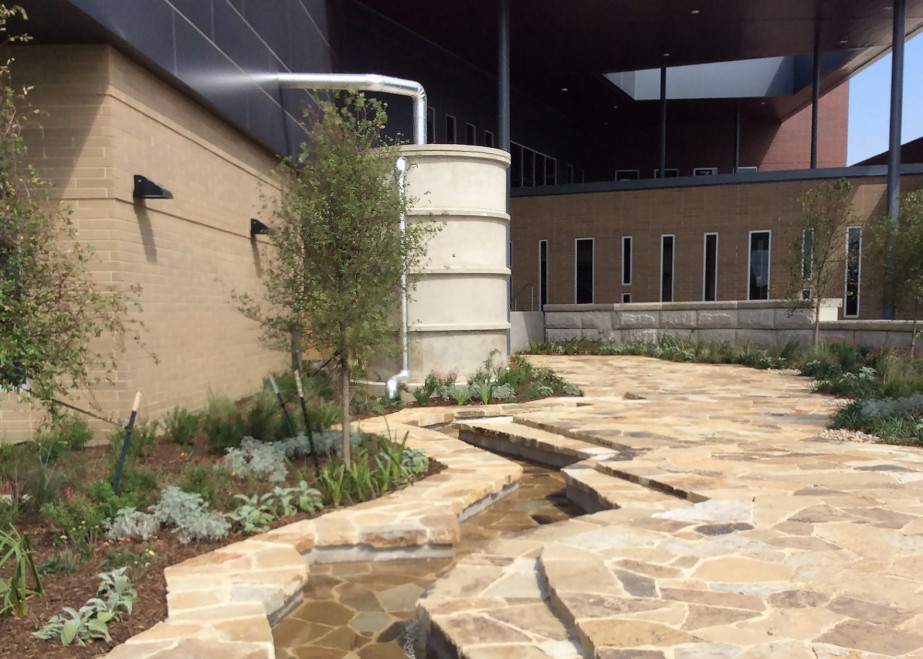
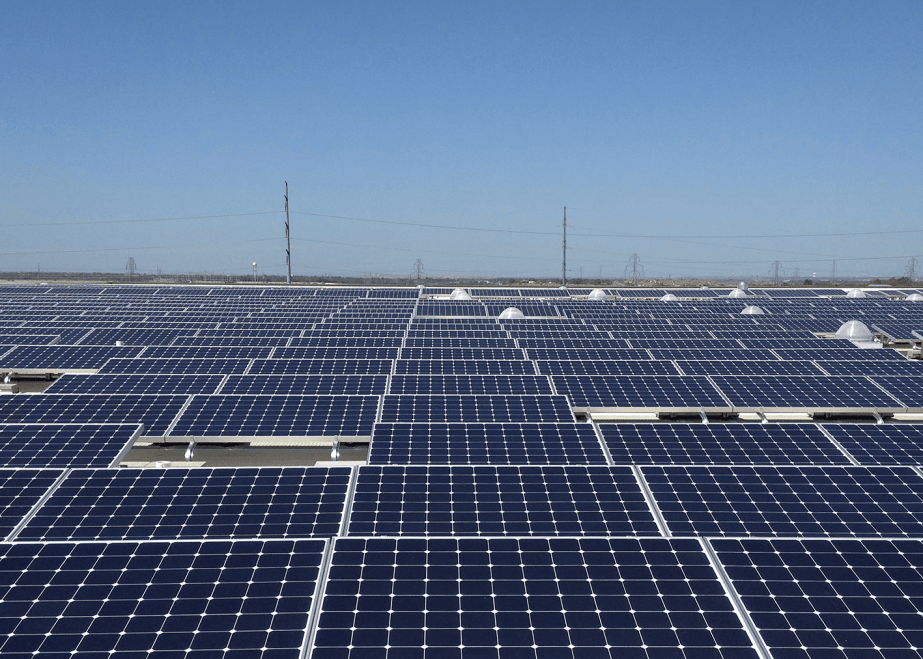
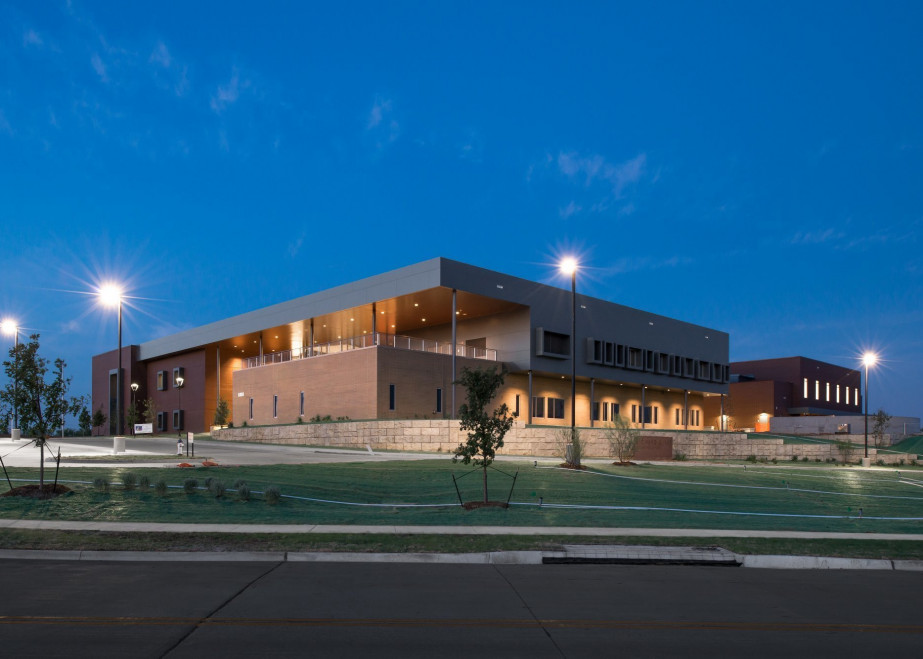
CMTA was happy to partner with the Coppell Independent School District on the construction of their new elementary school. Thanks to our extensive experience, we were able to guide the client and architects through an energy engineering process that is low-maintenance, sustainable and efficient.
This was an interesting project for us because our client’s only experience with HVAC systems was with unitary-type systems like package rooftop or split-DX. However, our knowledge and expertise with geothermal systems, for both installation and maintenance, convinced the client that a geothermal system was the right choice for this project.
During the course of this project, we encountered complications from a severe drought, as well as soil complications. In order to conserve water in a naturally hot climate that is susceptible to droughts, CMTA engineered a rainwater system that captures the limited rain from the roof and repurposes it to flush toilets and urinals throughout the building. Meanwhile, due to the expansive soil in this area of the country, the structure had to be constructed on a complicated foundation. As a result, the building rests on a crawl space, where outside air and exhaust duct-work is installed, allowing the space above to be open and clear.
During the schematic review phase of the project, each building’s elevation was reviewed in detail to determine the envelope’s effect on heat transfer, daylighting and constructability with respect to having minimum infiltration. As a result, window openings were reconfigured and exterior shading devices were added, while the exterior wall details were improved to facilitate a tighter construction.
The CMTA team had a great time exposing the client and architects to the world of geothermal energy engineering. Our extensive experience with sustainable energy systems, along with our real world data validating the system, convinced the client that a geothermal solution was the right choice for this project. We were able to collaborate with the architect and client to achieve the low operational cost required to have a Zero Energy building.
Through out-of-the-box solutions like replacing our preferred ICF construction with high-tech spray foam insulation, and compromising with the architect on LED light fixtures, we know that this truly collaborative construction represents the height of efficiency and design.
The Richard J. Lee Elementary School is a true 21st-century school, featuring modern design alongside sustainable, cost-reducing energy systems. Thanks to our close work with the architects and client, the HVAC system does not infringe on the open, welcoming environment, and the building boasts innovative systems and features that these partners had never experienced before. Oh, and that rainwater system we designed? It’ll save an estimated 460,000 gallons of water each year.